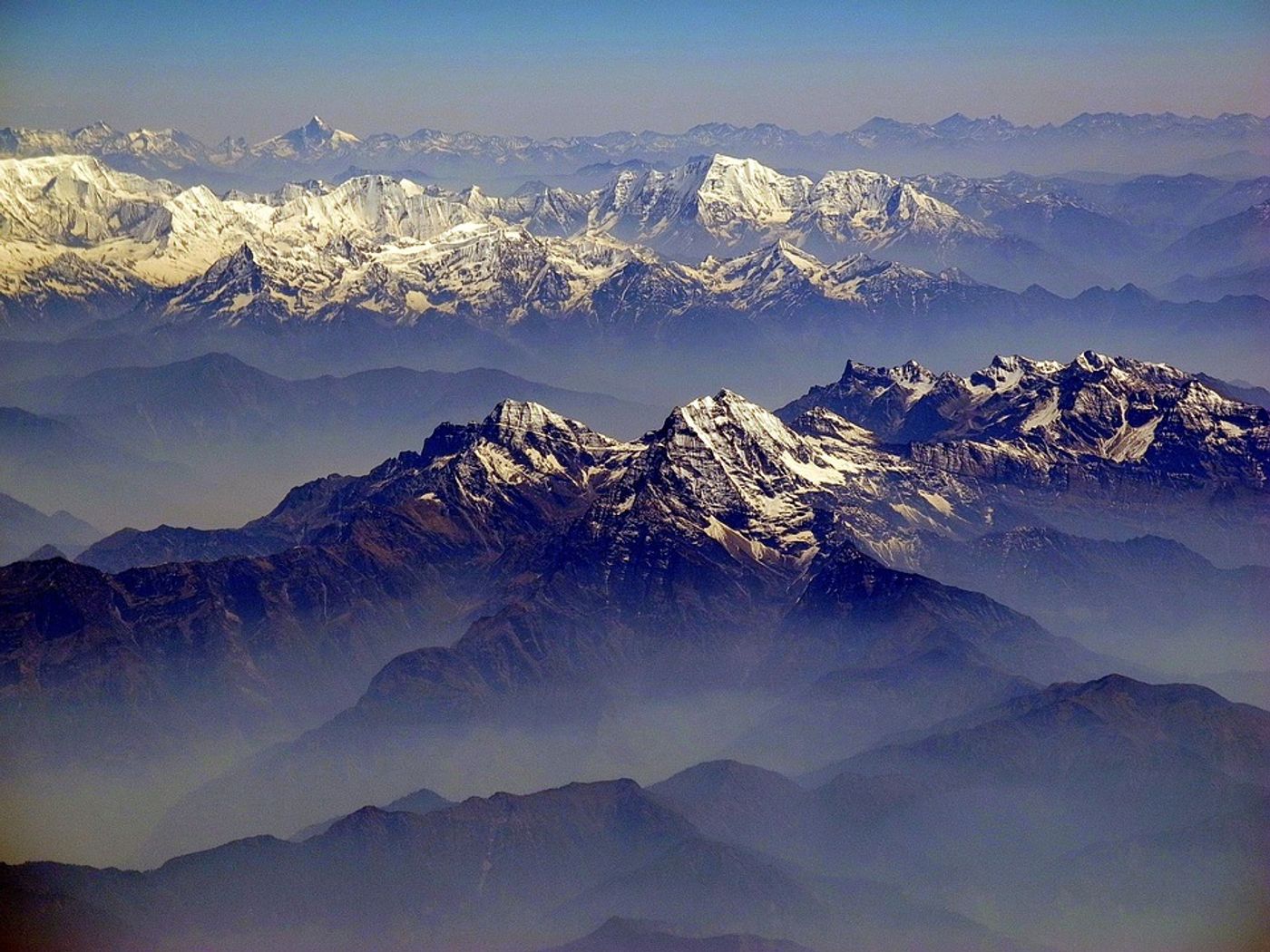What the shrinking Himalayan glaciers mean for the people below
A study published recently in the journal Nature highlights the crucial role that Asia’s high-elevation glaciers play in diminishing drought on the continent. The region, which is particularly vulnerable to drought, is being impacted by climate change just as is the rest of the world, and glaciologists fear that Asia’s shrinking glaciers will have significant economic and social consequences.
The study was led by British Antarctic Survey (BAS) glaciologist Dr. Hamish Pritchard, who analyzed glaciers from the Third Pole, which refers to the high-mountainous region of the Himalayas, Karakoram, Pamir, Hindu Kush, Tien Shan, Kunlun Shan and Alai mountains. With its 95,000 glaciers, this area provides water for approximately 800 million people in the valleys below and feeds a total of roughly 36 cubic kilometers of meltwater into the rivers of the region.
“This is enough water to fulfill the basic needs of 221 million people, or most of the annual municipal and industrial needs of Pakistan, Afghanistan, Tajikistan, Turkmenistan, Uzbekistan and Kyrgyzstan,” reports Science Daily. “This supply is unsustainable, though, because climate change is causing the region's glaciers to lose 1.6 times more water than they gain each year from new snowfall.”
Using climate datasets and hydrological modeling, Dr. Pritchard determined the volume of glacier water entering and leaving the region's major river basins during normal years and during periods of drought. While we may think of glaciers as relatively stable, the amount of water that moves throughout them as a system is changing significantly in our warming world.
"This study is about answering the question -- why do glaciers matter? Even in high-mountain Asia, they are remote and cover quite a small part of the region. It turns out that they are particularly valuable to society as a natural store of water that keeps the rivers flowing through summer, even throughout long droughts,” commented Dr. Pritchard.
"Against a background of increasing drought-related water and food shortages and malnutrition, which have been predicted with high confidence for the coming decades, Asia's glaciers will play an increasingly important part in protecting downstream populations from drought-induced spikes in water stress -- spikes that, without mitigating changes in the way water is stored and used, are the potential trigger for a sudden jump in the price of water that could be profoundly destabilizing for this region."
Sources: Science Daily, Nature









